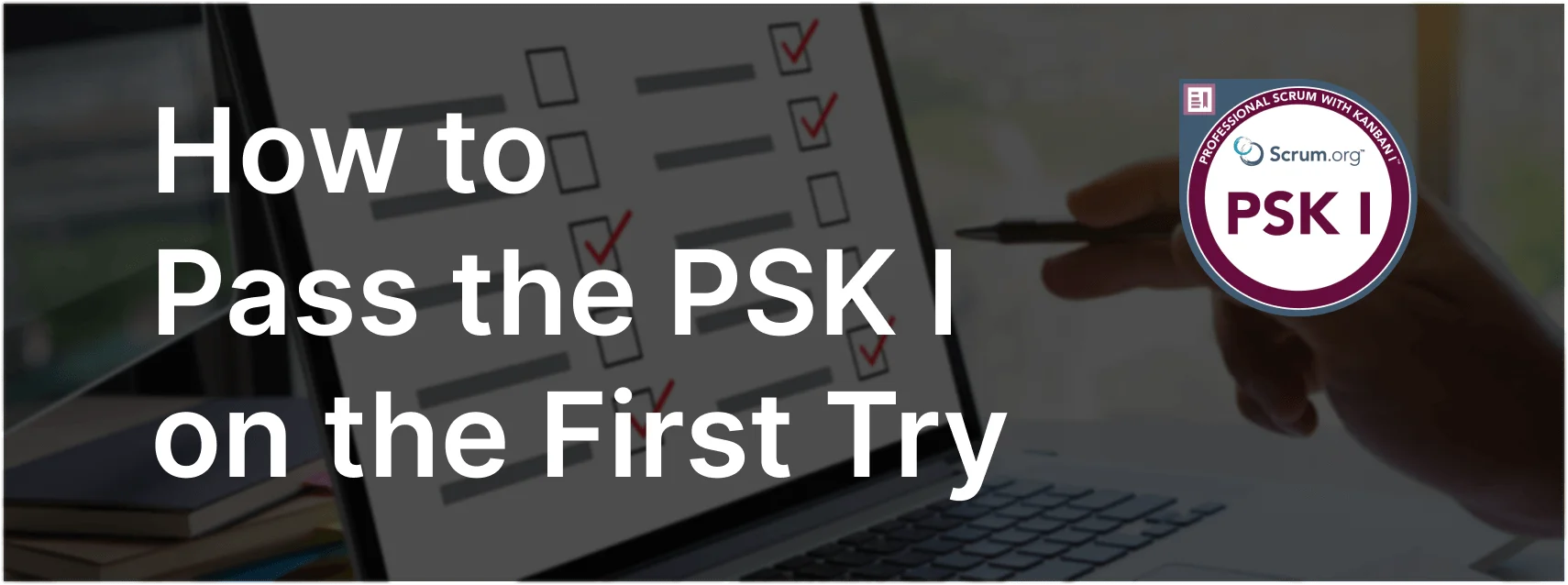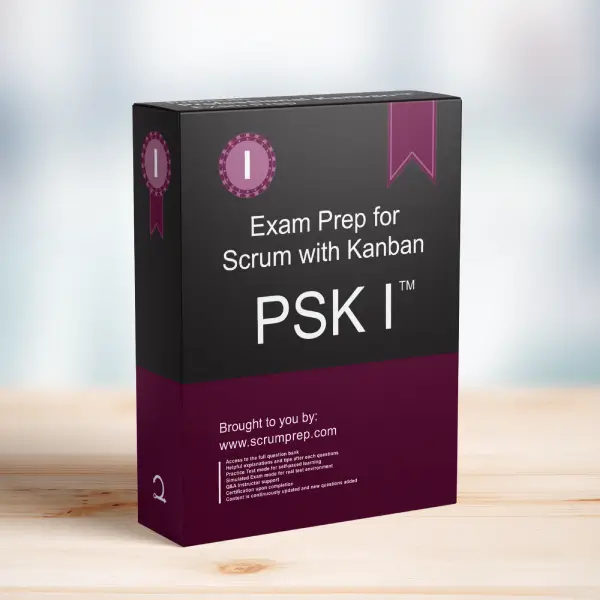Limiting Work in Progress (WIP) Inside a Sprint
Limiting Work in Progress (WIP) is a key practice in Kanban that can be beneficial when integrated into Scrum. It helps in managing the flow of work and ensuring that the team focuses on finishing tasks before starting new ones.
Exam Question
When the Developers limit Work in Progress (WIP) inside a Sprint, what would you expect to observe?
(choose the best three answers)
A. The Developers would stop beginning work, and instead, start finishing work.
B. The amount of work done by the end of the Sprint would be reduced.
C. Self-management would be strengthened as a result of increased transparency.
D. Increased collaboration/swarming between the Developers.
Correct Answers
A. The Developers would stop beginning work, and instead, start finishing work.
C. Self-management would be strengthened as a result of increased transparency.
D. Increased collaboration/swarming between the Developers.
Explanation
Correct Answers
A. The Developers would stop beginning work, and instead, start finishing work:
Limiting WIP encourages Developers to focus on completing existing tasks before starting new ones. This helps in reducing multitasking and ensures that work items are finished, leading to a more steady flow of completed work.
C. Self-management would be strengthened as a result of increased transparency:
Limiting WIP and visualizing work enhances transparency within the team. It makes it easier for team members to see what is in progress and what needs attention, thus strengthening self-management and decision-making.
D. Increased collaboration/swarming between the Developers:
With fewer items in progress, Developers are more likely to collaborate and swarm on tasks to get them done. This increased collaboration helps in resolving issues faster and improving the overall efficiency of the team.
Why the Other Option Is Less Effective
B. The amount of work done by the end of the Sprint would be reduced:
Limiting WIP does not necessarily reduce the amount of work done by the end of the Sprint. Instead, it often leads to more completed and higher-quality work because the team focuses on finishing tasks. The overall throughput can actually improve due to reduced context switching and better collaboration.
Importance of Limiting WIP
- Focus on Completion: Encourages the team to finish tasks before starting new ones, leading to more completed work items.
- Enhanced Transparency: Improves visibility of work progress and bottlenecks, aiding in better decision-making.
- Improved Collaboration: Promotes teamwork and collective problem-solving, leading to increased efficiency and quality.
Effective Practices for Limiting WIP
- Set Clear WIP Limits: Establish and communicate WIP limits for different stages of the workflow to ensure everyone understands and adheres to them.
- Visual Management: Use Kanban boards or similar tools to visualize work items and their progress.
- Regular Review: Continuously monitor and review WIP limits and their impact on team performance, adjusting as necessary.
Relevance to the PSK I Exam
Understanding the benefits and expected outcomes of limiting WIP is crucial for the PSK I exam. It demonstrates knowledge of how Kanban practices can be integrated into Scrum to enhance team performance.
Key Takeaways
- Limiting WIP helps the team focus on finishing work, enhances transparency, and promotes collaboration.
- Properly implemented WIP limits can lead to improved efficiency and higher quality of work.
- Visualization tools and regular reviews are key to effectively managing WIP.
Conclusion
Limiting Work in Progress (WIP) inside a Sprint can lead to several positive outcomes, including a focus on finishing work, enhanced self-management, and increased collaboration among Developers. These benefits help Scrum Teams to work more efficiently and effectively. For more information on preparing for the PSK I exam, visit our Professional Kanban PSK I™ Exam Prep.



